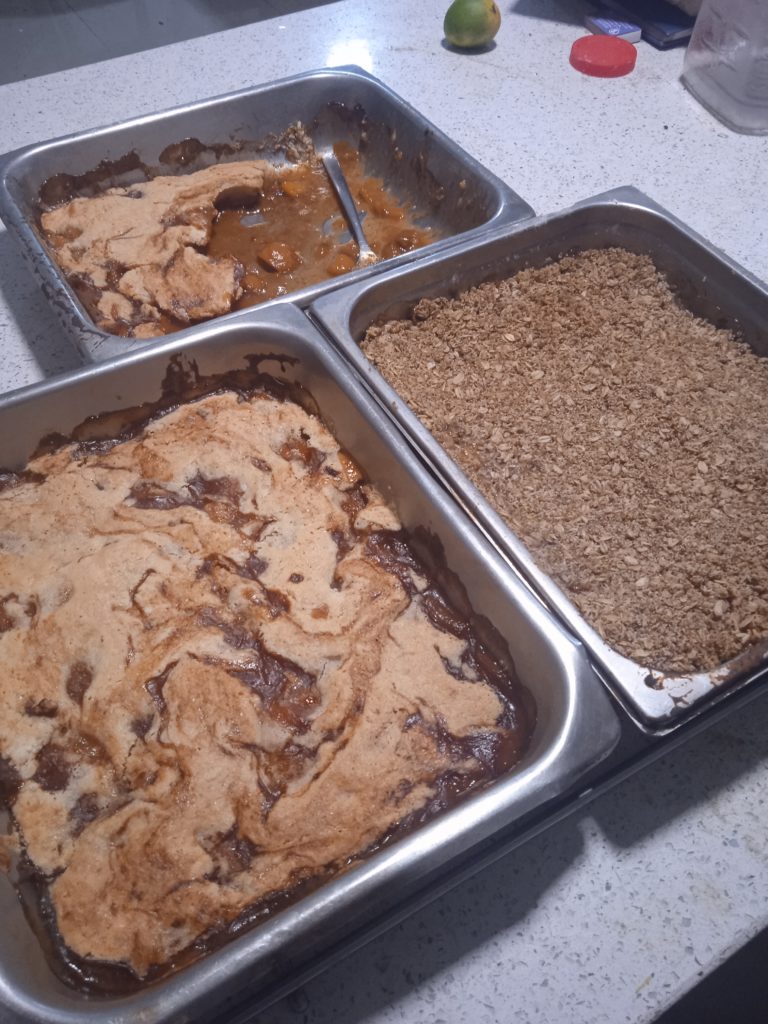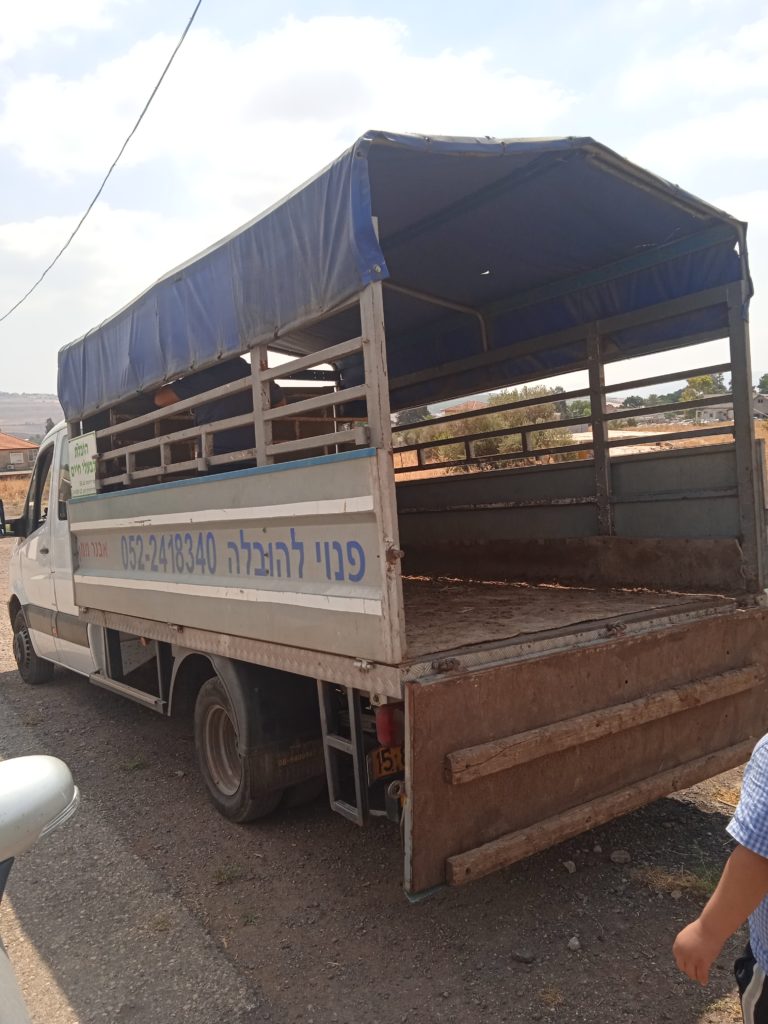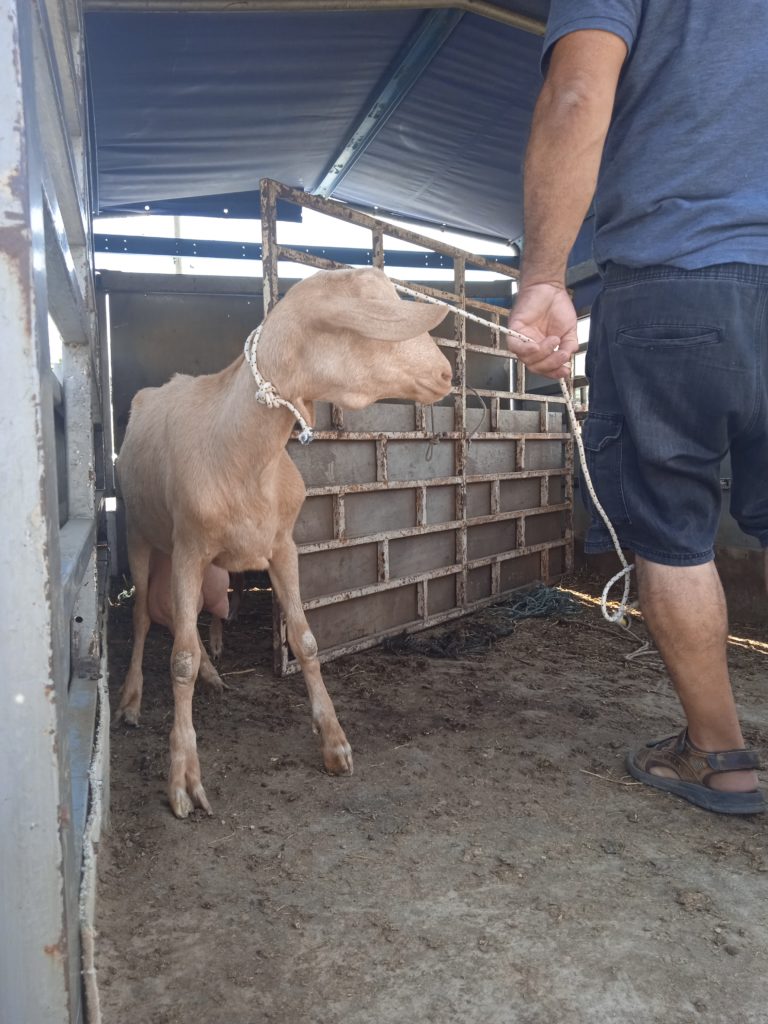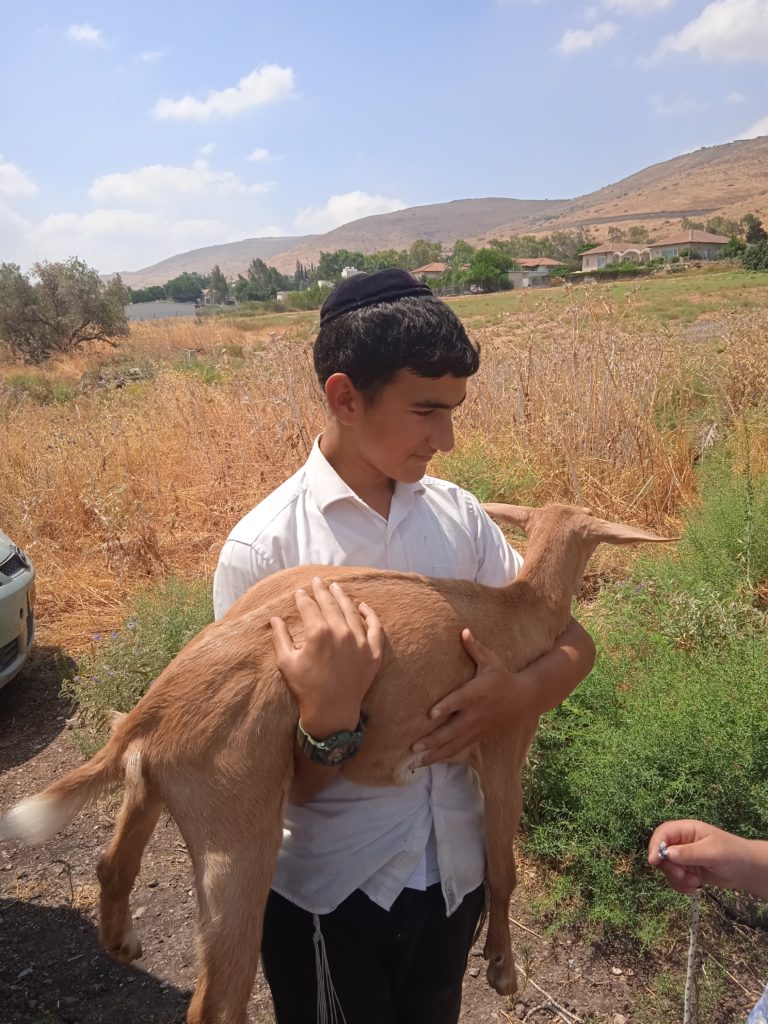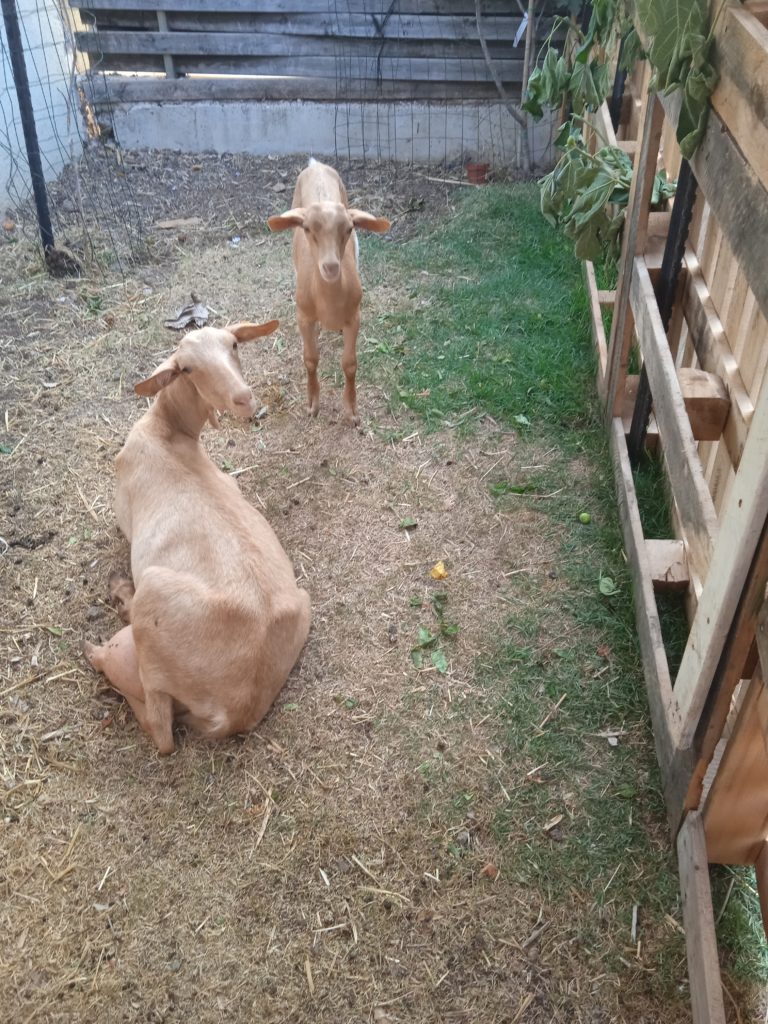Recently we enjoyed an outing to pick lychees in a lychee grove, and came home with a bucket full of them! It was such a nice outing with three of the boys, and we all enjoyed snacking as we picked.

After eating quite a few fresh, my son put a bunch in the freezer. We put them out for dessert on Friday night, and everyone enjoyed them.
For the remaining lychees, there was a small opening at the top of each fruit where they connect to the branch that was slightly open from picking. Within a day we started to see those get overripe, so I quickly peeled and pitted them all, and put them in glass jars in the fridge. I’m making a large batch of plum compote today, and will put the two jars of lychees in the canner when I water bath the compote.

———————————–
Directly from fruit picking, we headed to the hardware store. Ds14 is in the middle of building a storage shed. It’s a serious project with a lot of responsibility and attention to detail. I didn’t realize until quite far along that it’s actually the exact same process as building a room addition.
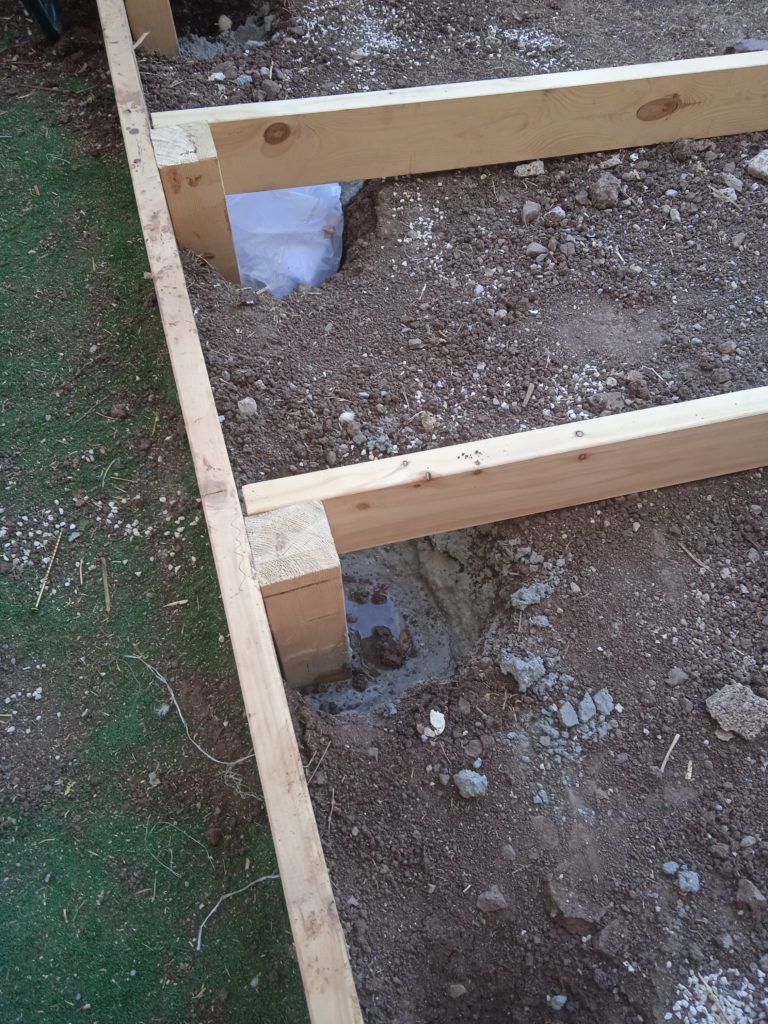
He’s spent a lot of time on the foundation, and he told me that despite
for all the hours it’s taken him, it didn’t look very impressive. I responded that the time spent on the foundation of any activity is like that – that’s where most of the time needs to be invested so that whatever is built on top of it is strong (a family, a business, or any other project). Someone looking from the outside doesn’t see the extensive laying of the foundation or appreciate the importance of this unexciting work. They see how fast the walls go up; they see respectful and helpful children; they see a business with great cash flow – and it looks so easy at that time.
Neglect the foundation and you’re setting yourself up for failure. Spend the time to get it right, and everything else flows better.
________________________________________
Last week my son asked me to buy a more powerful drill to work on the shed, so off we went to the hardware store to buy a new drill. Unfortunately, when we got home we found it didn’t work. When we went back, we exchanged it for a different brand.
On the way there, ds told me he wants to teach himself how to weld. No one in our family knows how to weld, and it would be such a useful skill! We can connect wood with screws and nails, but when it comes to connecting pieces of metal to one another, we just don’t have the know-how.
He spent 600 shekels to buy himself a welder, metal rods and a visor. I told him I’d be happy to buy them since it will be a skill and tools that will benefit us, but he said he wants the tools to be his. I asked him to please watch a video about welding before experimenting, and he told me he’s seen people doing welding, and thinks he has a sense of the general process. The contractor he worked with for a couple of months this winter advised him that if he wants to learn to weld, he should buy the equipment and then practice, practice, practice. So that’s what he’s doing.
I don’t know if he ended up watching a how-to video or not, but after dinner, he went outside for an hour to practice with some scrap pieces of metal. I saw showers of sparks spraying all over, and asked him to move away from the pool so he didn’t melt a hole in it. Then I decided to move myself away since I’m more relaxed about my children using tools like these when I don’t watch them! I know they’re careful and responsible, and chittering to them like a worry wort isn’t helpful.
________________________
Since I’m talking about his projects, I’ll update you on his chick business. I no longer have any chicks running around the yard nor in cages in the yard. They were cute but it was a short term arrangement. He sold a number of chicks, and had more interested buyers than he had chicks available, which was really nice since at the beginning he got almost no calls. As of last week he took his ad down, and decided that all the rest of the chicks remaining will be for us. Once the females get big enough, we should have a nice amount of laying hens for fresh eggs. When he goes to yeshiva in another few weeks, our thirteen year old will be entrusted with the care of his brother’s chickens.
__________________________
Speaking of animals, our thirteen year old has taught me along with some other family members how to milk our new goat. He’s a good instructor, very patient and clear. It took me a week to feel competent with milking, but now I’m pretty good at it and enjoy it.
I do the bulk of the care for the goats – I’m an early riser, so I’m able to clean the pen, change the water, feed them and do the milking, long before he gets home from shul in the morning. It doesn’t take long and I enjoy it. Then he does the afternoon milking.
He’s also been taking care of pool maintenance for us, as well as for a couple of others who were away. He refused to accept payment from us, explaining that he enjoys being able to do something for our family and doesn’t want to take money for it. I very much appreciate his taking responsibility for the pools (we have two, one for us and one for the vacation apartment), since maintenance is a never ending task. He learned quite a bit by asking questions to someone who has done a pool maintenance course.
That’s a little bit of what’s happening around here!
Avivah
